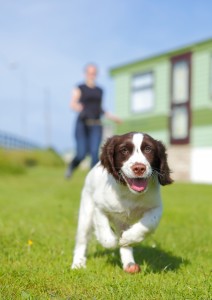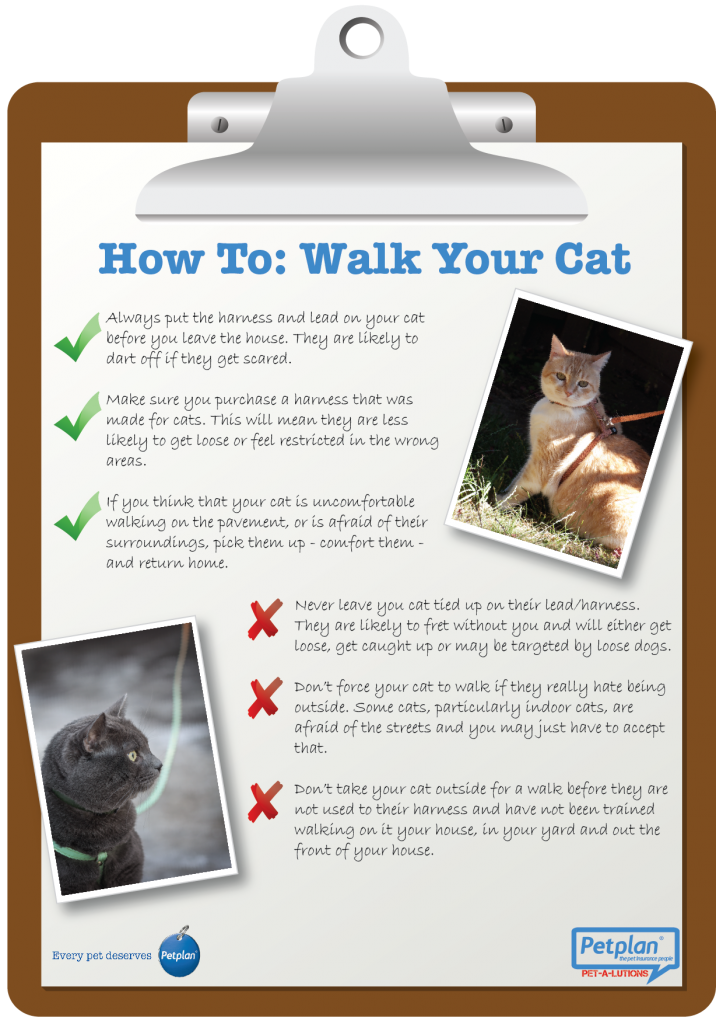Exercise is important to your pet’s physical and mental well-being. Each pet is unique in his (or her) needs but whether you have a new puppy or an elderly cat if they are not receiving an adequate amount of exercise it will have a negative impact on his life.
 Exercise & Your Dog
Exercise & Your Dog
From a physical perspective a dog that receives no or little exercise can may face numerous problems that are associated with being overweight; for example, diabetes, arthritis and respiratory conditions. Further, all your dog’s built up energy may be released in a negative and destructive way. Often dogs who are not exercised enough may spend their time digging up your garden, ripping apart your sofa, or making attempts to escape your yard.
A well exercised dog is a happy dog. There are many behavioural disorders that have been linked to built up energy in dogs. If your dog is??hyper activity, overly excited, neurotic, or displays obsessive compulsive behaviors, it may be a sign that he needs a walk. Aggressive behaviour is often attributed to a lack of exercise. Cesar Millan states, “Dog aggression stems from the dog’s frustration and dominance. The dog’s frustration comes from a lack of dog exercise, and the dog’s dominance comes from a lack of calm-assertive leadership,” (Cesar’s Way).??If your dog suffers from these or any other conditions please contact your veterinarian for advice.
Here are a few ideas for exercising your dog besides the classic dog walk:
- Playing fetch by throwing a ball or stick. If your dog needs extra exercise use a ball thrower or a tennis ball and a tennis racket to get the extra distance.
- Go to a dog beach and let your pet run himself out (or off-leash park). Be sure you follow all the rules when you go off leash. See our infographic for more information on Dog Beach Etiquette.
- Set up an obstacle course in your yard. This will challenge your dog’s brain, too!
- If it’s too hot to go outside get creative indoors. Run your dog up and down the stairs or go on a toy hunt and hide your dog’s toys for him to seek out.
 Exercise & Your Cat
Exercise & Your Cat
You may find the idea of putting your cat on a lead and taking it for a walk humorous or even horrifying but because cats are typically indoor pets it is especially important to make a conscientious effort to keep you cat moving. Indoor pets tend to lead more sedentary lifestyles,??increasing the risk of certain diseases and behavioral problems.
Obesity and a sedentary lifestyle can be directly linked to diseases such as diabetes, fatty liver syndrome, heart disease, arthritis, respiratory difficulties, constipation and skin conditions in cats. Exercising your cat can have a significant impact on your cat’s longevity and quality of life.
Exercise is also important to burn up your cat’s mental energy and will prevent her from taking it out on your furniture or, sometimes, herself. Self-mutilation, excessive licking, marking, compulsive vocalization and hyperactivity are all signs of stress that may come from a lack of exercise or stimulation. If your cat suffers from these or any other conditions please contact your veterinarian for advice.
Here are a few ideas to get your cat moving:
- Create play time! Wands, toys, string, crumpled paper and paper bags are all great. Check our our DIY Cat Toys for more ideas!
- Get a scratching post or cat-friendly furniture. Scratching is a great work out.
- You actually??can take your cat for a walk. Use a leash and harness and remember the new experience may be overwhelming for your cat so take it slowly.
 This Blog was written by the furry family at Petplan Australasia. Petplan Pet Insurance specialises in animal and animal industry insurance. Our practices keep the role that pet insurance plays in responsible pet ownership and the health of the pet at the forefront. For tips to keep your pet healthy, make sure you follow us on Facebook.
This Blog was written by the furry family at Petplan Australasia. Petplan Pet Insurance specialises in animal and animal industry insurance. Our practices keep the role that pet insurance plays in responsible pet ownership and the health of the pet at the forefront. For tips to keep your pet healthy, make sure you follow us on Facebook.




